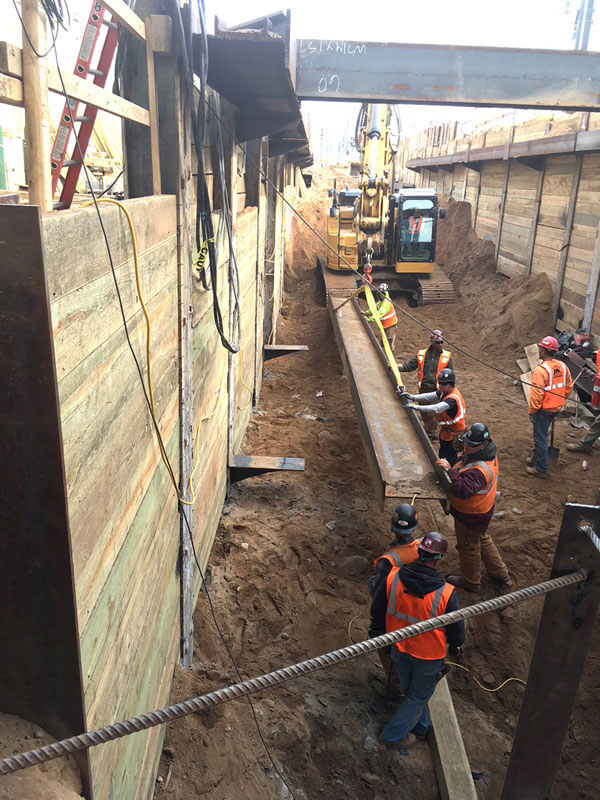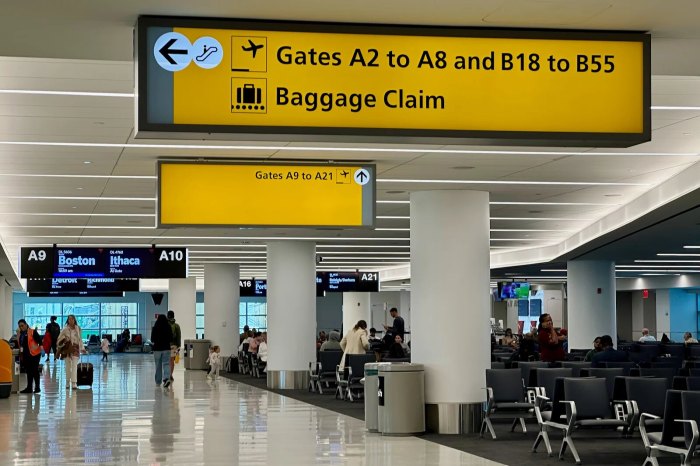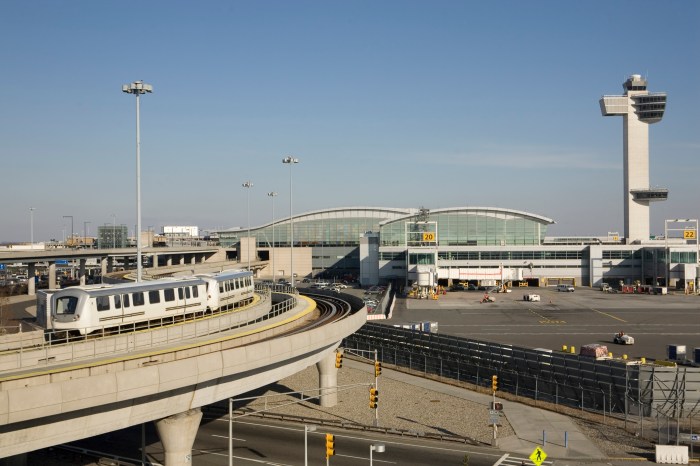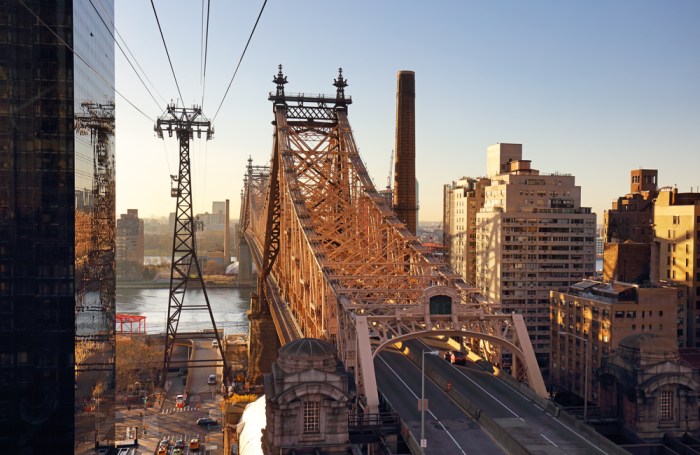A recent report on the MTA shows the state agency is not only a poor investor in its own transportation system and assets, it also allots the majority of funds for expansion projects to commuter trains, which only serve about 7 percent of the total ridership.
The study from the Manhattan Institute, a conservative think tank, said the MTA may not be able to spend as much as 41 percent of its five-year capital plan budget on repairs and replacements at the current pace, which will leave the operator of the subways, buses, Long Island Railroad, Metro-North with a shortfall in its $32.5 billion budget.
“Yet the MTA cannot cut back on improvements and expansions in order to fund more repairs and replacements,” the report said. “Many of the MTA’s system improvements are modest. They do not result in more passenger capacity but are upgrades to obsolete payment and safety systems.”
In the current capital plan, $400 million will be invested in better technology for fare collection and electric buses which will only bring the MTA up to the level of other cities such as London and will not improve passenger capacity. The report said a number of improvements which will result higher capacity are long overdue. Signal upgrades going from a mechanical system to digital in order to run more trains closer together have so far only been implemented on the L train and No. 7, which will be complete in 2018.
The MTA’s expansion projects have not kept pace with the growth of population in the city and its correlating subway ridership, which is about 5 million people per day.
But the most profound findings of the studies show that 71 percent of the MTA’s capital funds for current five-year period is devoted to the LIRR and Metro-North, only 7 percent of its total ridership.
“Under this plan, the MTA will invest a further $2.4 billion in the $10.2 billion East Side Access project to connect LIRR trains to Grand Central Terminal rather than to Penn Station, as well as $2 billion in building a third track on the LIRR’s main line, for example,” the study said. “Both are worthy projects. Yet in an era of scarce resources, ridership levels do not justify the vast imbalance among the MTA’s priorities.”
The report also asserts the MTA gets 61 percent of its tax funding from the city, while people in the five boroughs comprise nearly half of the state’s income and sales tax revenue, which the state then uses for its own contribution to the MTA’s overall funding.
“New York City residents also constitute a majority of the drivers over MTA’s most lucrative tolled bridges, making up 74 percent of drivers on the Verrazano-Narrows Bridge, 71 percent –73 percent on the Triborough Bridge, and 56 percent on the Bronx-Whitestone Bridge,” the report found. “These fare and tax dollars do not tell the whole story. Suburban workers use New York City subways as part of their commute, and New York City employers pay payroll taxes to the MTA on behalf of workers who have commuted from the suburbs. Still, such payments do not justify the vast disparity in capital funding.”
But overcrowding on the subways may play the biggest role in delays. Some 42 percent of 57,164 train delays in July 2017 were attributed to overcrowding.
“Capital investments to ease such overcrowding, including modern signal systems, are worthy and necessary but are also extremely expensive,” the report concluded bleakly. “The subway system will require cumulative billions of dollars in investment and years of work for still-marginal improvements in system capacity.”
Cuomo declared a state of emergency for the city’s subways in June in order to suspend bureaucracy and allow newly appointed MTA Chairman Joe Lhota to stabilize and modernize the failing transit system after a series of failures and derailments.
Since then, the state of emergency has been renewed four times.
Reach reporter Mark Hallum by e-mail at mhall



































